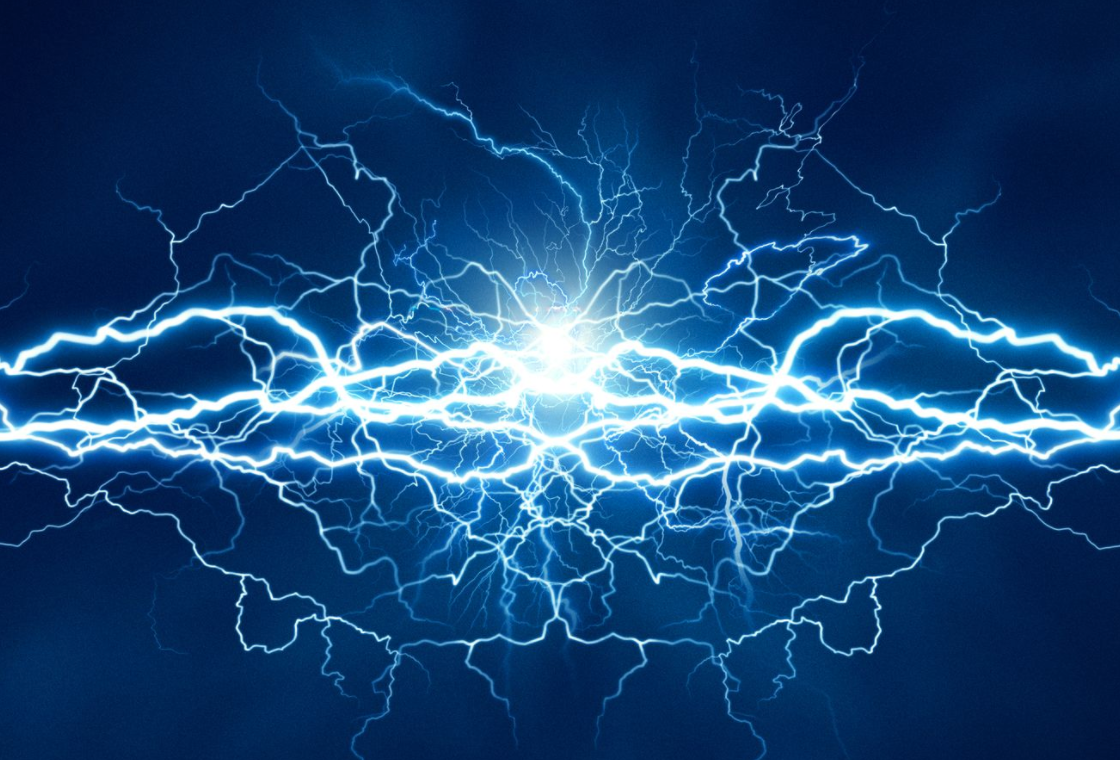 AC-DC power supplies are built in an open frame format within most of the industry. An open frame format generally describes electrical products that have PCB only constructions and a component power supply that’s meant to be integrated into the application at the end. There’s an enclosure for the entire product that is built around the open frame system eventually.
AC-DC power supplies are built in an open frame format within most of the industry. An open frame format generally describes electrical products that have PCB only constructions and a component power supply that’s meant to be integrated into the application at the end. There’s an enclosure for the entire product that is built around the open frame system eventually.
There are many considerations that you need to take into account when you’re installing some type of open frame power supply. These are often related to:
- Safety
- EMC
- Thermal management
The three main factors when it comes to installing an AC-DC power supply!
Safety
When successfully mounting a power supply it’s important to take a look at the clearance distance as well as creepage with the power unit. In a first-class system this means delivering 3 to 4 mm of clearance between any earth metal or part of the power supply. Proper insulators will also need to be produced for the power supply assembly. Class I power supplies also need to use a proper ground connection for a safety mechanism.
Class II power supplies need appropriate clearance distances and creepage distances. Equipment used in the enclosure needs to be nonconductive and all proper consideration needs to be taken into effect for a potential emergency.
EMC And Grounding
The electromagnetic compatibility in an open frame power supply also needs to be compatible with a ground connection. In a class one system, a safety ground needs to be located on the input side of an assembly and the secondary side needs to be connected to an output or common node filter capacitor with a ground.
The performance of a power supply needs to use a proper enclosure and a configuration to make sure that electromagnetic compatibility standards can be met.
Thermal Management
Proper consideration in open frame power supplies and power rating for cooling can also be important. Most of these systems can be forced air cooled or convection cooled. The type of cooling system often comes down to the type of surrounding space, the mounting position and the average temperature of components once they’re installed. Making sure that the components are able to receive cooling that goes beyond their maximum rating to improve the efficiency and reliability of the service. Identify any areas that will generate heat and make sure that focused cooling takes place in these areas can prevent disaster.
Contact us today if you need access to improved AC-DC power installation.
